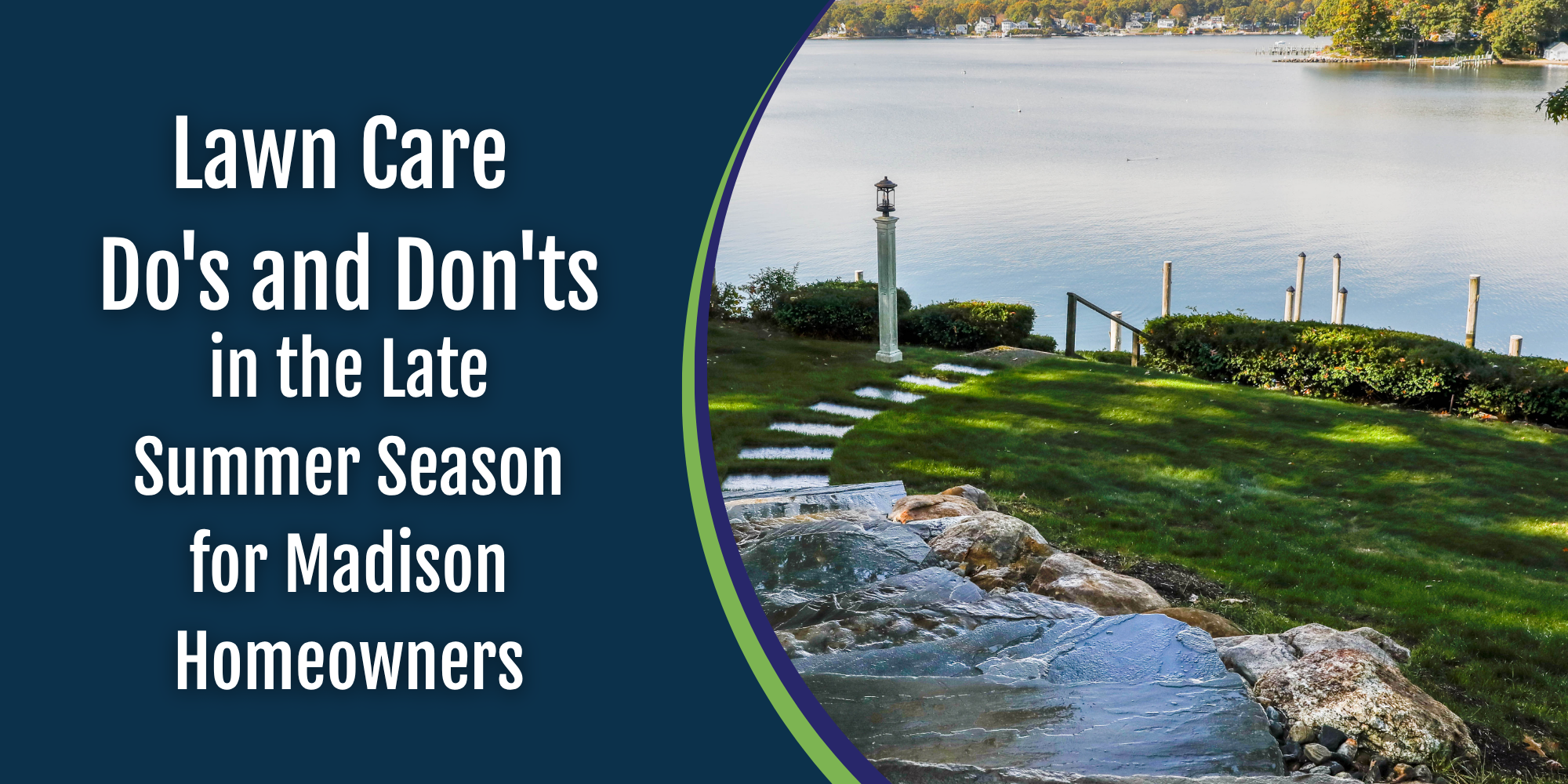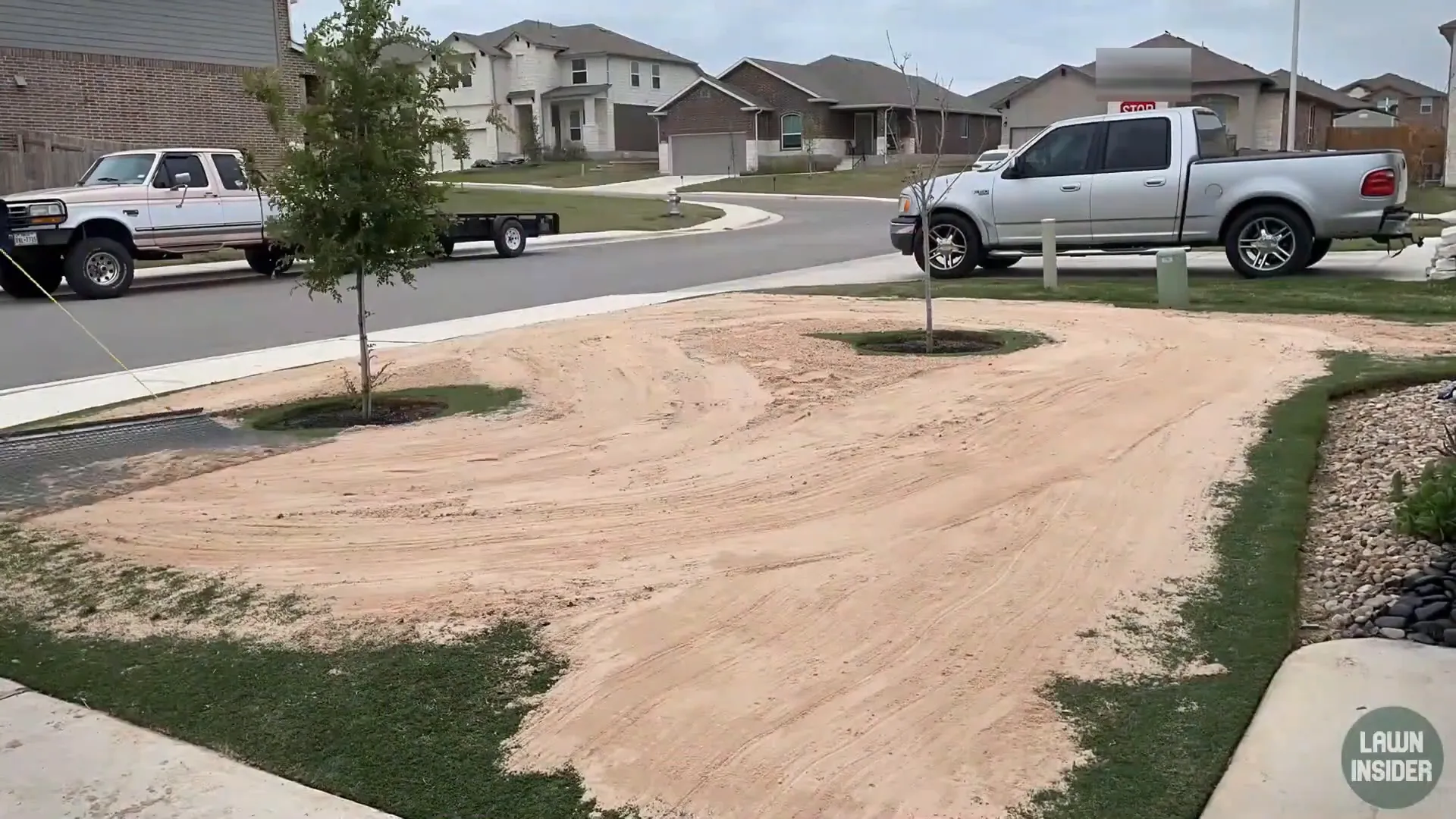
Lawn Care Do’s and Don’ts in the Late Summer Season for Madison Homeowners
As we head into late summer here in Madison, Connecticut, I’ve been thinking a lot about the critical decisions homeowners need to make to keep their lawns healthy through the transition into fall.
A big shoutout to the team at Lawn Insider for creating an excellent video on late summer lawn care strategies that got me thinking about what works best for our New England climate. While their focus was on warm-season grasses down south, the principles they discuss apply perfectly to cool-season lawn care here in Madison.
After 41 years of caring for lawns throughout Connecticut, I’ve learned that late summer is make-or-break time for lawn health. At American Landscape & Lawn Science, we’ve built our reputation on understanding exactly what Connecticut lawns need during these critical weeks. As the University of Connecticut soil testing labs’ biggest customer, we base our recommendations on real science, not guesswork.
The Mowing Height Dilemma: A Critical Late Summer Decision
Just like the Bermuda grass situation discussed in the video, Madison homeowners face their own mowing challenges this time of year. With our cool-season grasses like fescue and bluegrass, the question isn’t whether to scalp, but rather how to adjust your mowing height for the changing season.
DO: Gradually raise your mowing height to 3.5-4 inches as we head into fall. This helps the grass store more energy in the roots and provides better protection against heat stress.
DON’T: Make dramatic height changes all at once. Your grass needs time to adjust, and shocking it with sudden changes can stress the plant just when it needs to be preparing for cooler weather.
In our organic lawn care programs, we always tell clients that proper mowing height is the foundation of everything else we do. You can have the best fertilizer program in the world, but if you’re cutting your grass too short, you’re fighting an uphill battle.
Managing Moisture During Connecticut’s Late Summer Dry Spells
Here in Madison, we typically see dry conditions in late August and early September, much like what’s shown in the video. The difference is our cool-season grasses handle drought stress differently than warm-season varieties.

DO: Water deeply but less frequently. Aim for 1-1.5 inches per week, applied in 2-3 sessions rather than daily light watering.
DON’T: Wait until your grass shows stress signs before adjusting your watering. By the time you see browning or wilting, the damage is already being done.
Our liquid organic aeration treatments help tremendously with moisture retention during these dry periods. Unlike traditional core aeration, our liquid approach works down to 10 inches deep, creating better water penetration exactly when your lawn needs it most.
Late Summer Fertilization: The Connecticut Approach
The video mentions switching to stress-blend fertilizers, which is solid advice that we’ve been applying here in Connecticut for decades. But our approach goes deeper than just changing fertilizer types.
DO: Focus on potassium-rich applications in late summer. Potassium helps grass handle stress and prepares it for winter dormancy.
DON’T: Push heavy nitrogen applications after mid-August. Too much nitrogen encourages soft growth that won’t survive our Connecticut winters.
Our compost-based fertilizers naturally provide the right nutrient balance for this time of year. Every application builds the soil while feeding the grass – it’s like the difference between giving your lawn a protein shake versus a balanced meal.
Pest Management in the Late Summer Window
While the video talks about armyworms and webworms, here in Madison we’re more concerned with grubs and chinch bugs during late summer.
DO: Apply preventative grub control if you haven’t already. Late summer is your last chance to get ahead of grub damage for next spring.
DON’T: Ignore brown patches that could be chinch bug damage. These pests thrive in hot, dry conditions and can devastate a lawn quickly.
Our integrated pest management approach means we’re not just spraying chemicals hoping for the best. We identify the specific pest, understand its lifecycle, and time our treatments for maximum effectiveness with minimum environmental impact.
The Fall and Overseeding Window
This is where our Connecticut timing differs significantly from the warm-season advice in the video. While they’re talking about core aeration for Bermuda grass, we’re thinking about fall overseeding preparation.
DO: Plan for fall overseeding in September. Late summer is the perfect time to schedule this work before the optimal seeding window opens.
DON’T: Wait until October to start thinking about overseeding. The best results come from proper preparation and timing.
Our dual approach of liquid organic aeration followed by traditional overseeding gives Madison homeowners the best of both worlds – immediate soil improvement and long-term turf density.
Soil Health: The Foundation of Everything
Throughout our 41 years of service to Connecticut homeowners, one thing has remained constant: healthy soil creates healthy lawns. That’s why we work so closely with the University of Connecticut soil testing labs.
DO: Test your soil pH now if you haven’t recently. Late summer results give you time to plan lime applications for fall.
DON’T: Assume your soil is fine just because your grass looks okay. Soil problems often show up gradually, and by the time you see symptoms, you’re behind the curve.
Our compost tea applications help build the microbial activity in your soil naturally. It’s like probiotics for your lawn – creating an environment where grass thrives and weeds struggle.
Final Thoughts for Madison Homeowners
Late summer lawn care in Connecticut requires a different approach than what works in Texas or other warm-season regions, but the fundamental principle remains the same: make smart decisions now to set your lawn up for success later.
Whether you’re dealing with dry patches, planning for fall overseeding, or just trying to keep your lawn healthy through the season transition, remember that every lawn is different. What works for your neighbor might not work for you, which is why we inspect every property and test every lawn before recommending a treatment program.
With over 3,000 satisfied customers and a 90% retention rate, we’ve learned that there’s no substitute for doing things right the first time. Our water-based treatments are safe for your family and pets, and our organic approach means you’re building long-term soil health, not just getting a quick green-up.
If you’re struggling with late summer lawn challenges here in Madison, don’t wait until fall to address them. The decisions you make in the next few weeks will determine how your lawn looks next spring.
Ready to give your Madison lawn the professional care it deserves? Contact American Landscape & Lawn Science today – call us at (860) 669-1880 or visit our website to schedule your free lawn evaluation. With over 100 five-star reviews and four decades of experience, we’re Connecticut’s trusted choice for premium lawn care.

